The cultural center is located in the rural Chetian Village , 30km from Guiyang, the capital of Guizhou province, in South-West China. The village has more than 400 years of history and is famous for its 'stone houses' built with local materials. 80 families, out of the 207 living in the village, belong to the Miao (苗) ethnic minority, one of the oldest minority groups in China, most of whom live in Guizhou province. The square outside the cultural center, surrounded by the river, is often used as a stage for local Miao dance and drama performances.
Stone work
The
architecture of the cultural center is strongly characterized by 40cm
thick walls, built according to the local traditional methods, using the
stone coming from the village's pit. The stone has a very unique blue
shade, which is why it is commonly called 'blue stone'. It comes from
sedimentary rocks and its major components are limestone and dolomite.
The strong and obsessive presence of the stone creates an intimate
interior space and shows the architects' deep respect for the historical
masonry traditions of Chetian Village.
Construction process
The
whole project has been supported by government investments and the
construction team was directed by the head of the village. During the
three years of construction three village heads succeed one another, and
together with them different construction and extraction techniques.
The
local traditional ones unfortunately got lost during the passing of
years. Designers had to develop a new system, studying the existing
stone houses of the village in order to preserve has much as they could
the traditional masonry methods, together with more modern construction
technologies.
Furthermore, every village head and his team had a
different approach and different techniques themselves, starting from
material’s extraction from the village’s pit, to the cutting until the
final posing.
Each and every stone
keeps the memory of its construction process and of the different hands of those have shaped it
Each and every stone
shows the trials and the mistakes, which deliberately become an active part of the architecture
Each and every stone
takes on sociological significance in the process of understanding the life and culture of South-West China stone villages
Architects: West-line studio
Location: Chetian Village, Guizhou Province,China
Architecture and Interior Design: Haobo Wei, Jingsong Xie
Exhibition Design and Curator: Martina Muratori
Area:715.0㎡

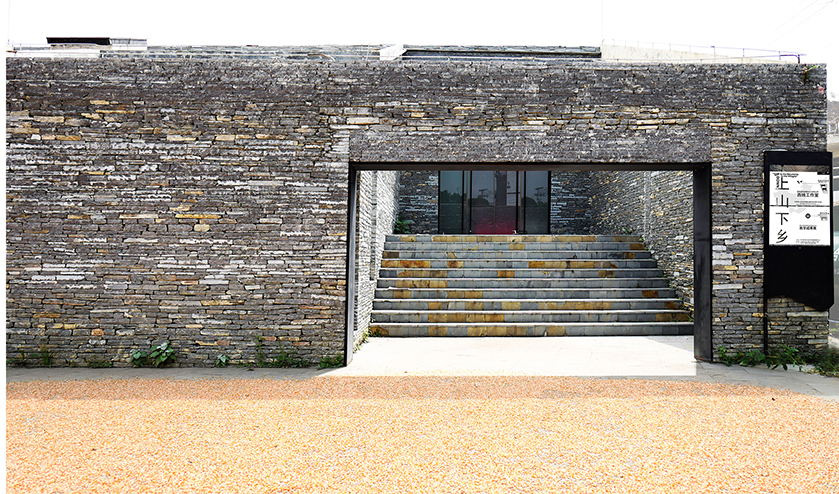
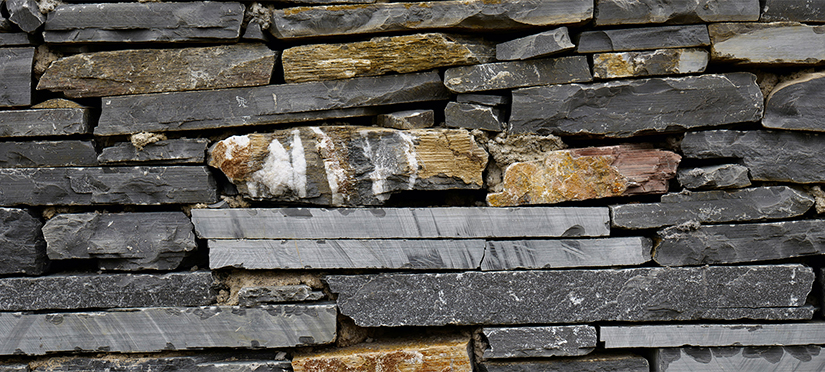




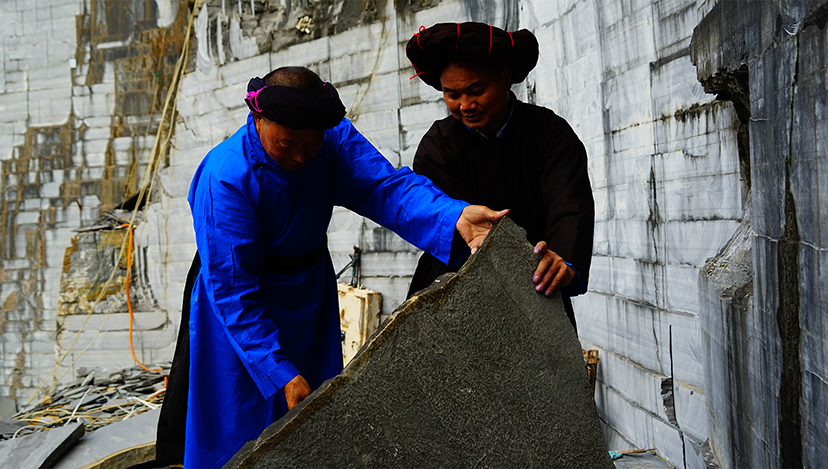

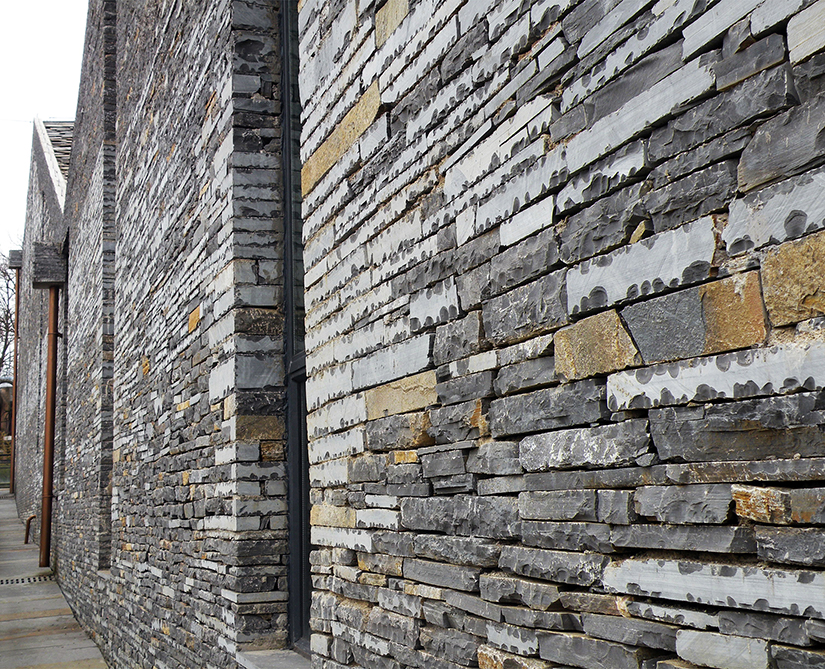



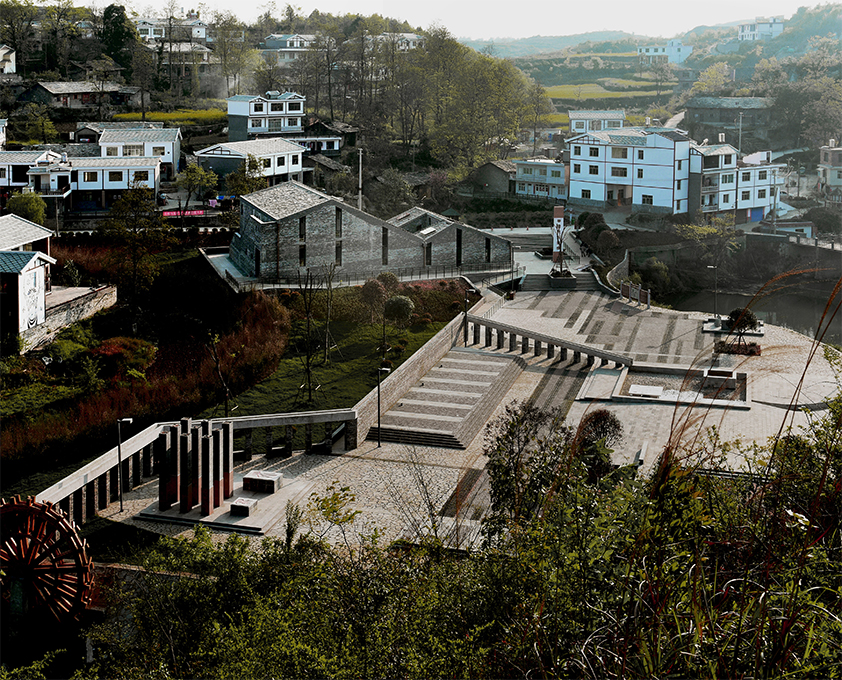
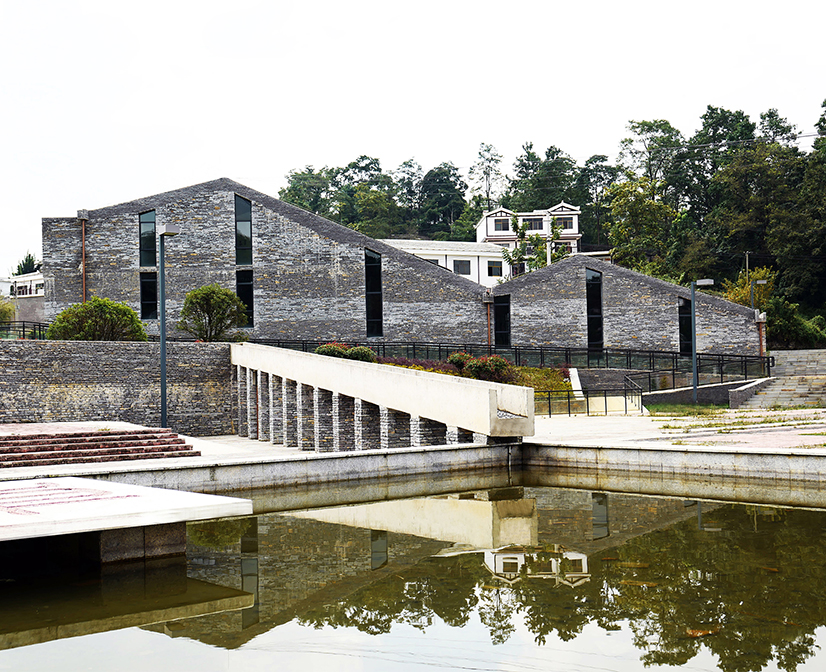

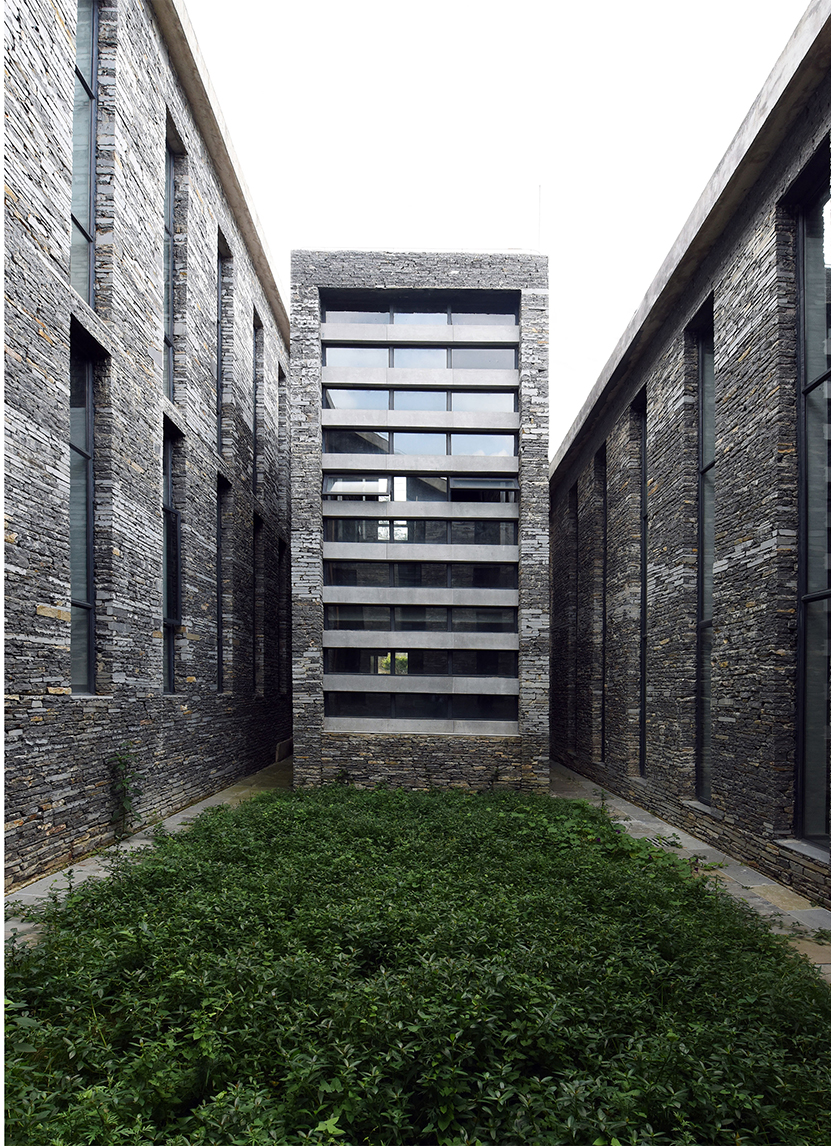


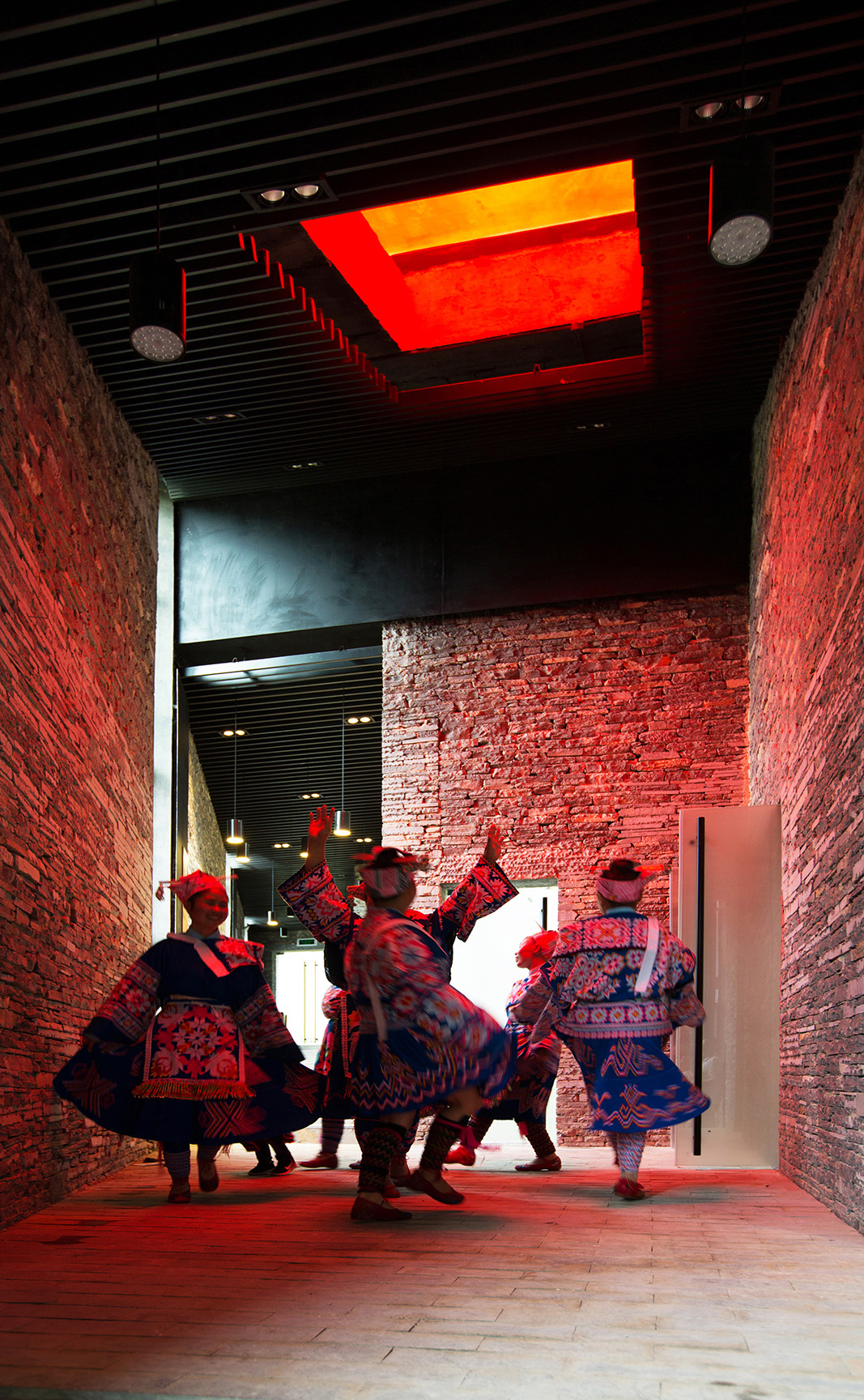
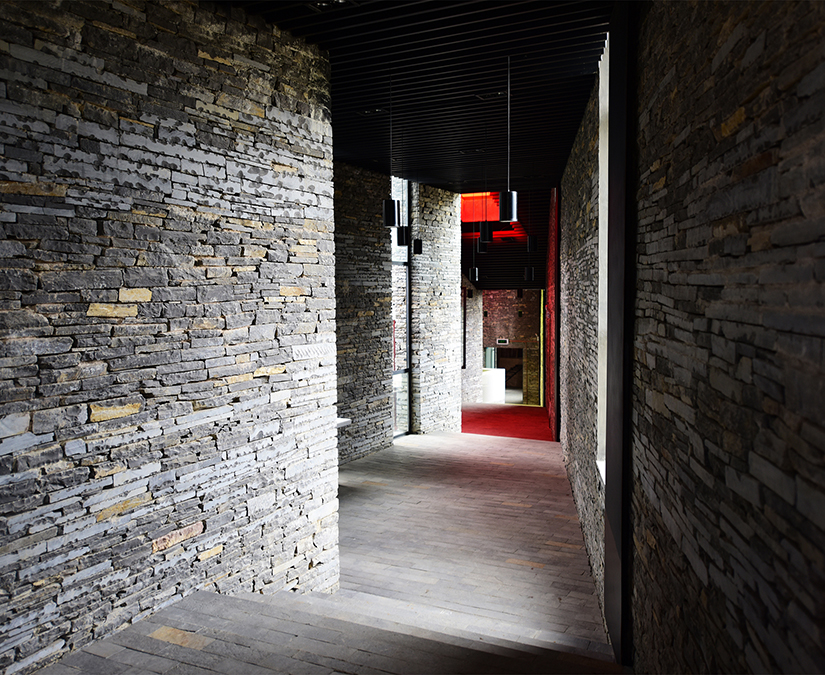
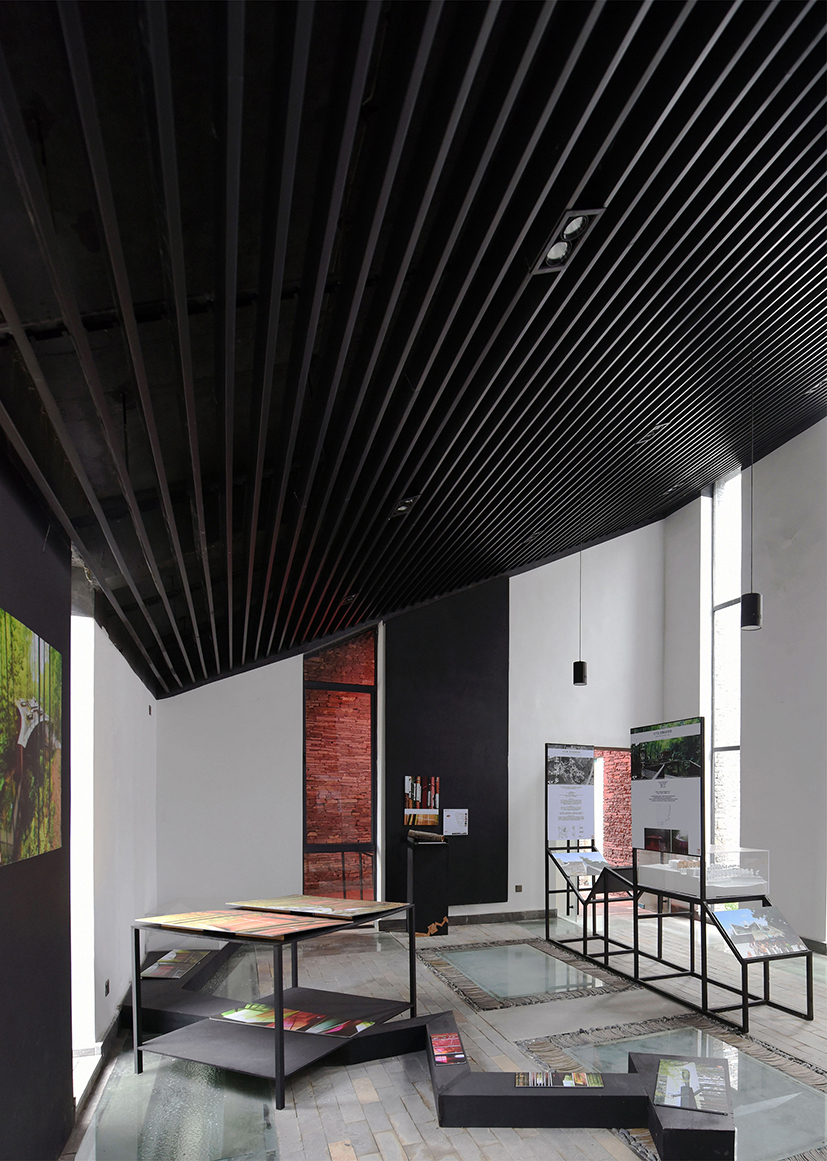
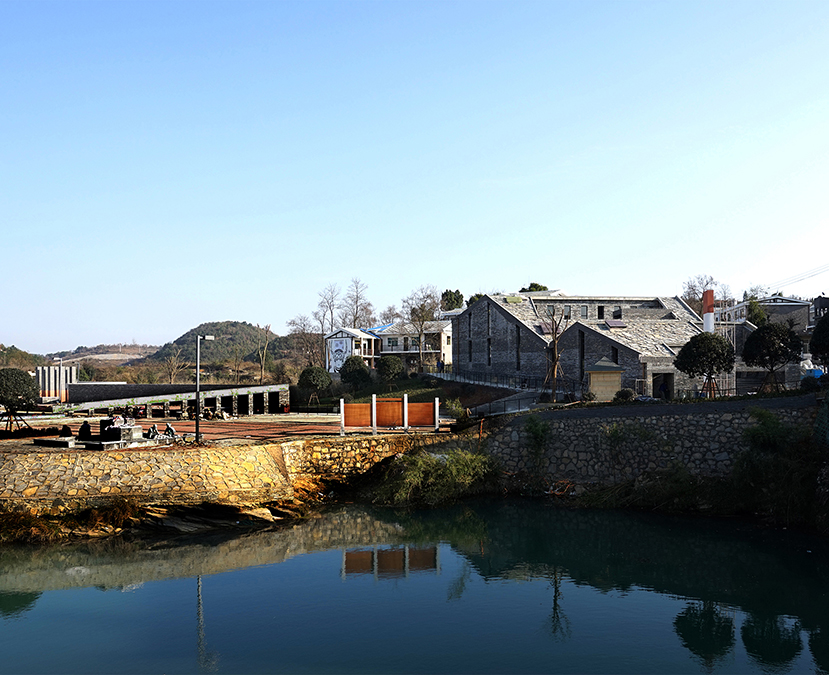
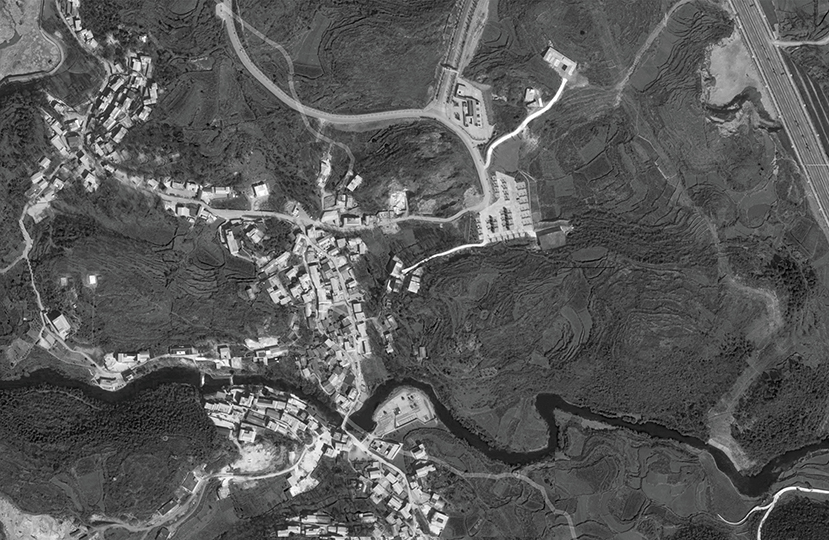

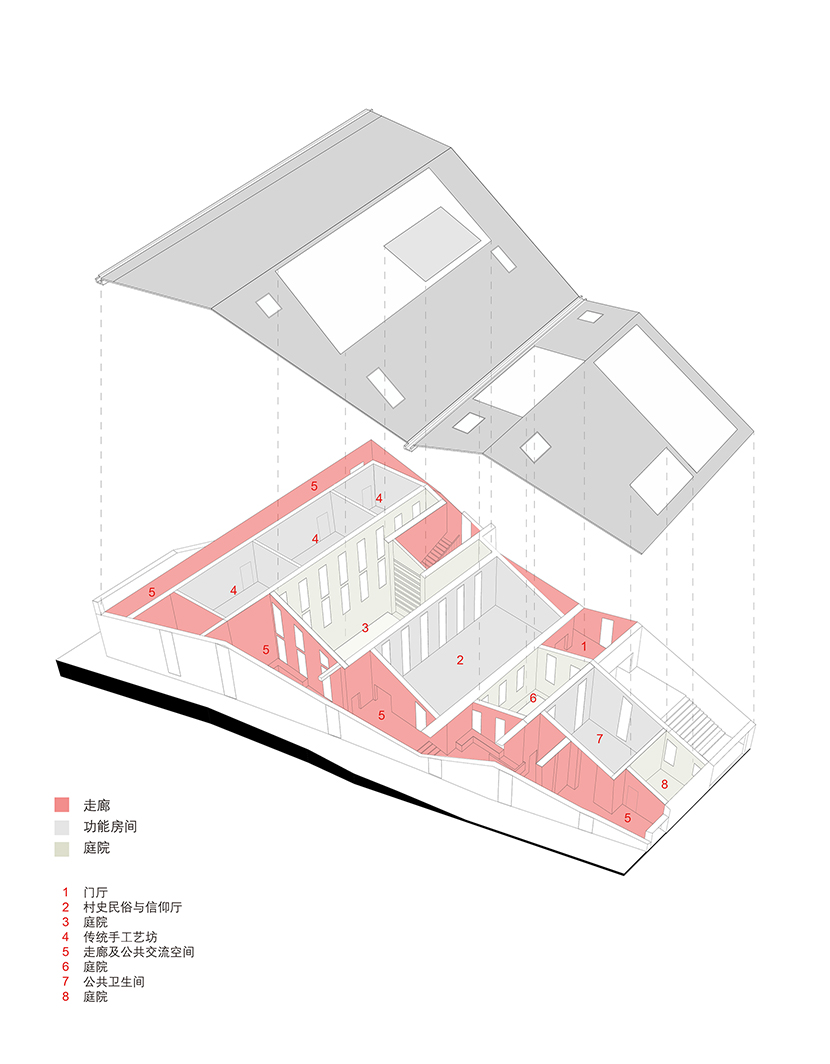
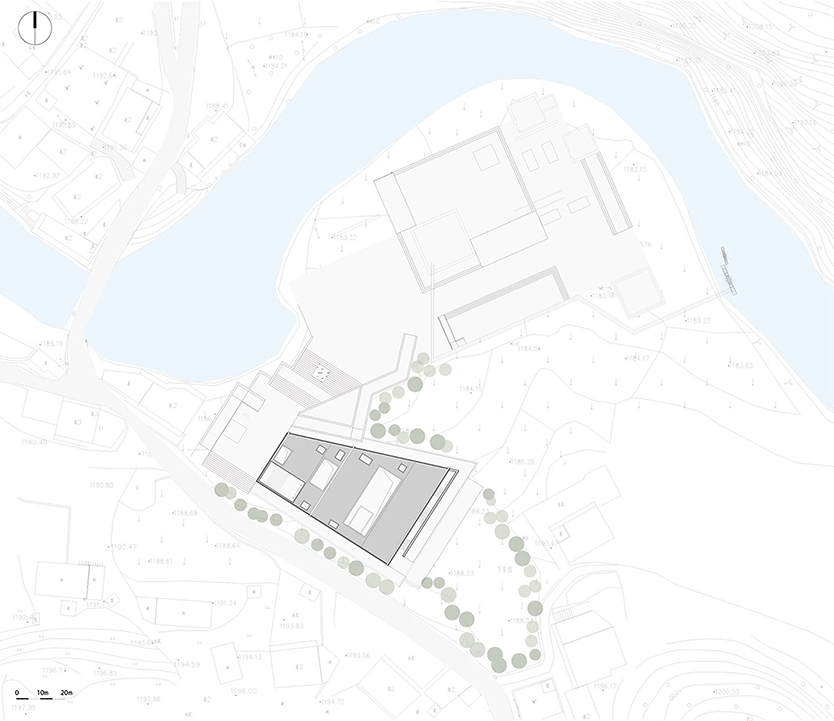
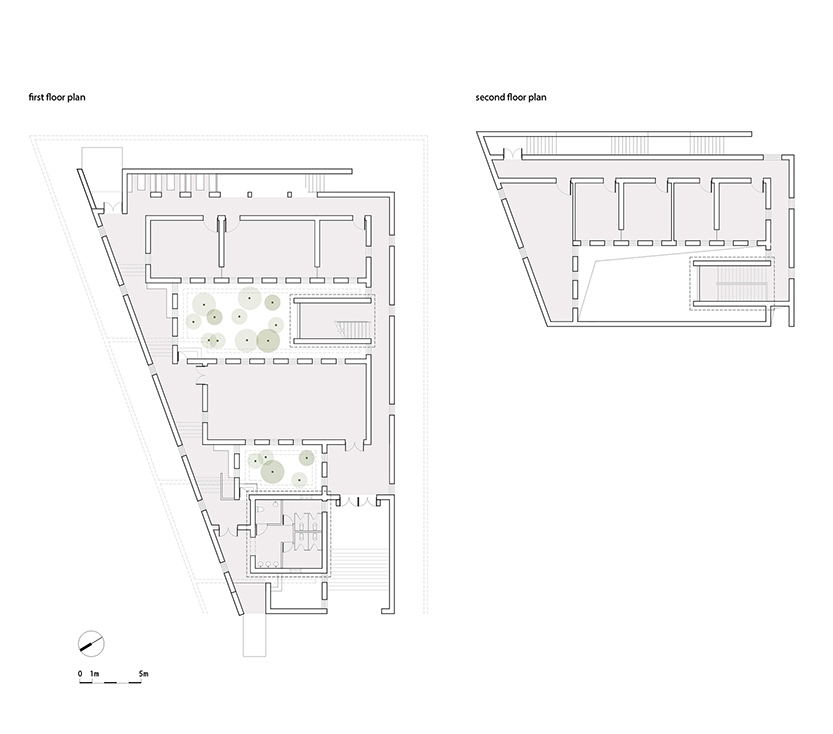
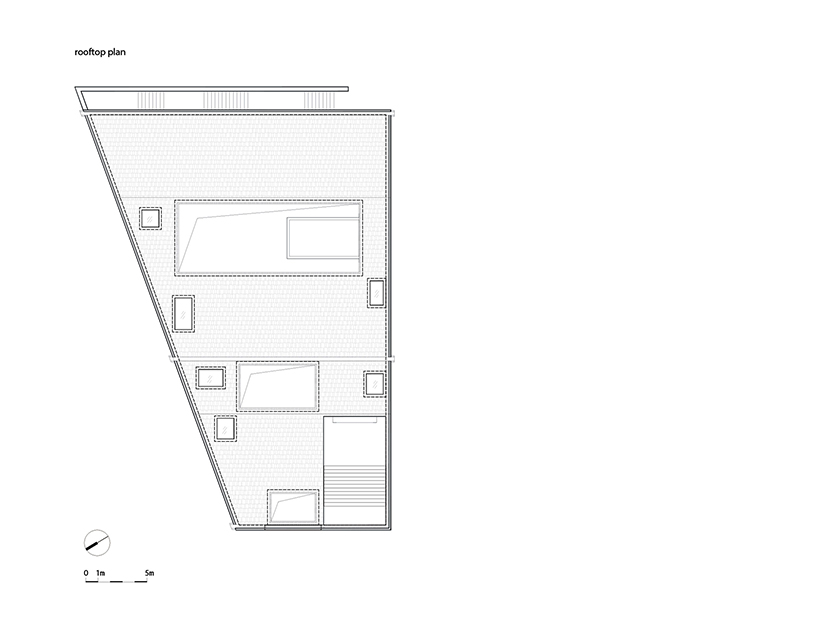
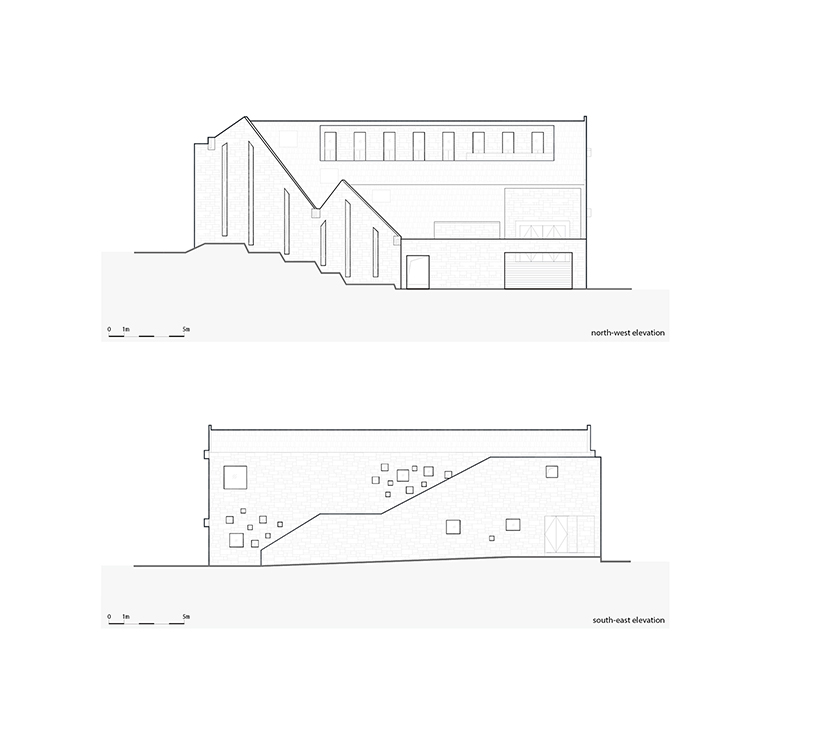

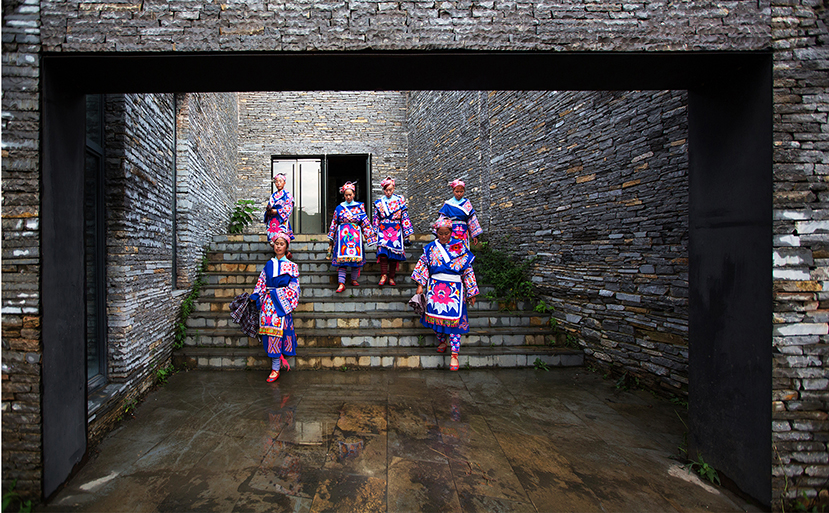
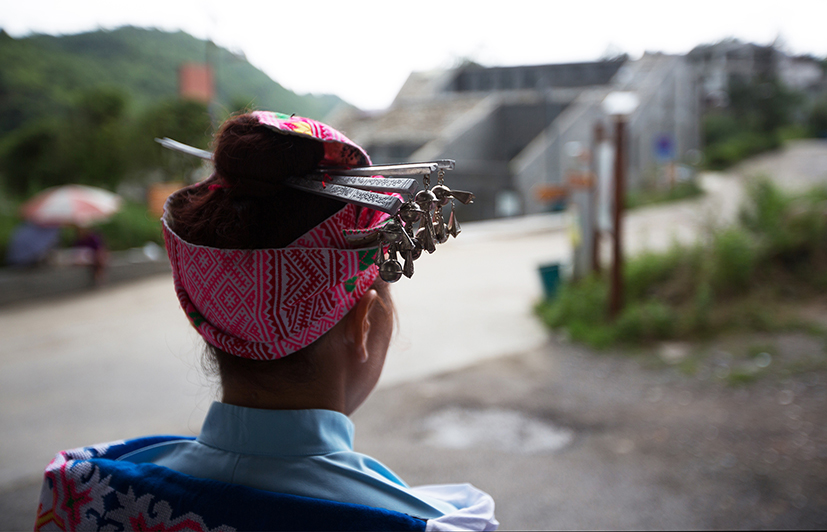
West-line studio, 9th floor of Jiankan Building, South Bihai road, Guanshanhu district, Guiyang city, Guizhou province,China.Contact number: 0851-84104501 trans 601。The copyright of all materials in this website is owned by West-line studio, and it should not be copied or reprinted without any permission.